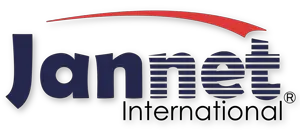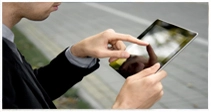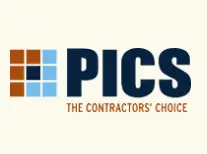
Why Strip and Refinish Floors?
The Importance of Proper Floor Care:
Popular hard floors such as linoleum, VCT and LVT are waxed floors that require a coating to keep them shiny and smooth. As wax, or “finish”, wears off after heavy usage or aging, a yellowing of the wax becomes apparent and the wax can even begin to flake off. Periodic stripping and reapplication of finishing using proper technical expertise is essential to the maintenance of these types of floors. The strip and refinish service has the benefit of reviving floors and renewing high-gloss shine while providing a fresh, protective layer that can last years with the right upkeep.
Floor care is all about preventing dirt from becoming embedded. Once loose or stuck debris and dirt becomes embedded into the finishing or the surface of the floor, it can require more restorative services in order to improve the appearance and durability.
Depending on the traffic of the facility, a strip and refinish should be scheduled annually as part of regular maintenance to protect floors and prevent conditions that would lead to costly irreparable damage.
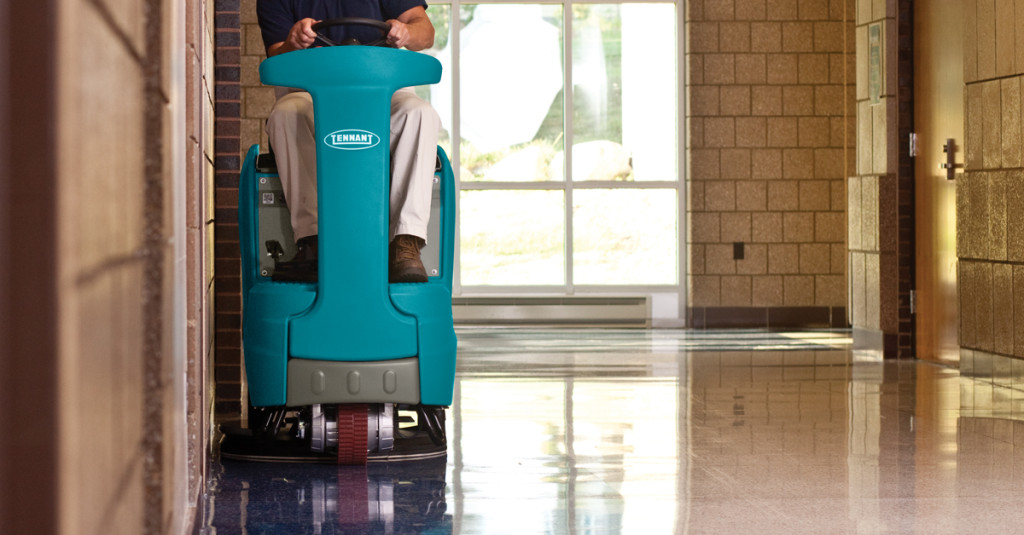
What does Refinishing do?
1. Prevents scratches, stains, and discolorations
2. Prevents dislodging or lifting of tiles
3. Provides an easier to maintain surface for day to day cleaning
How Does it Work?
1. Emulsifier (stripping solution) application dissolves existing finish
2. Machine scrubbing removes dirt and old finish; manual scrubbing details corners and wall edges
3. Wet vacuuming removes any remaining solution
4. Rinsing and mopping with neutralizer prepares the surface
5. Application of new finishing coats
Options for Maintenance:
There are several ways to approach floor care in between each strip and refinish service. The main differences lie in the chemicals and equipment necessary. Depending on the facility’s traffic, perception goals, and maintenance budget there are a few options to keep floors looking optimal:
Scrub & Recoat – Stripping completely removes old floor finish, while scrubbing can remove only the top layer of the finish, which is typically where the problems lie. However, this service does not improve stains and yellowing of older wax that occurs naturally over time and can only be improved by stripping all the wax.
Burnishing – Burnishing is essentially ultra-high speed buffing that crystalizes the existing surface wax through a process that creates heat through friction. It has the ability to “seal” a floor’s porous surface and polishes to a high gloss shine. Burnishing services are limited as the process removes a fine layer of wax each time, eventually requiring a re-coating.
Buffing – Buffing primarily helps to improve a floor’s shine between services – through a process that uses friction to polish the existing wax. It is a low cost alternative to burnishing, but does not produce the same shine.
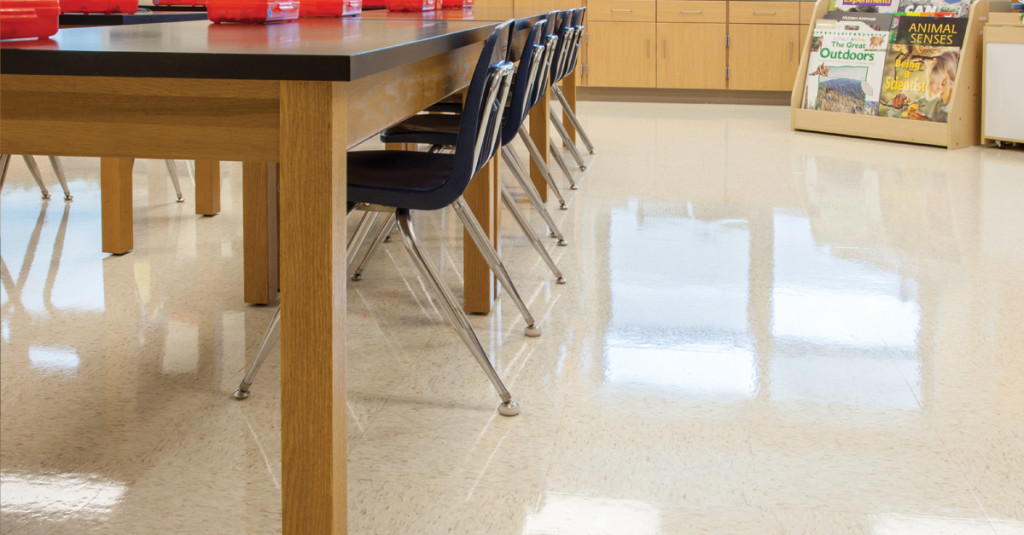
Post-Service Care & Maintenance
Protecting the new finish is just as important as the stripping and refinishing service itself. It is essential to use a neutral floor cleaner on surfaces that have a finishing to prevent harsh chemicals from gradually “eating” away at the coat layers, damaging the gloss and its durability. Preventing scratches will also help to make the finish last as long as possible, even simple measures such as placing felt pads under furniture that is moved often will make a noticeable difference.
Additionally, placing floor mats in entrances and exits can go a long way in preventing dirt and debris from being tracked further indoors, and can be especially effective in winter when salts and moisture add to the usual day to day soils.
Learn More:
Differentiating Between Stripping and Scrubbing Floors from Cleanlink.com
How to Sustainably Refinish Floors from Buildings.com
Vinyl: The Gold of the Flooring Industry from Buildings.com
